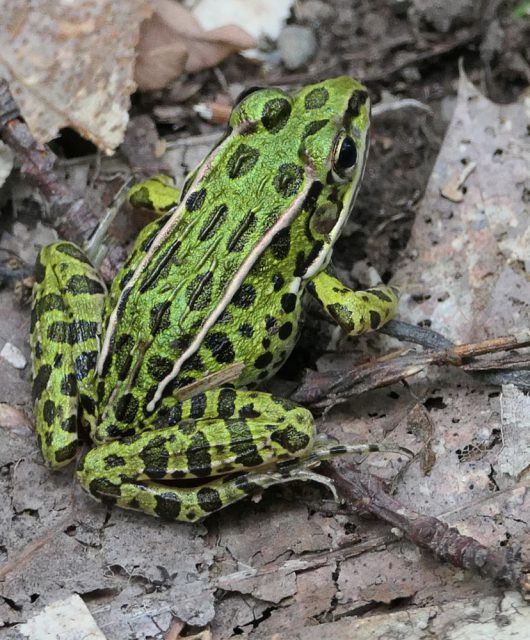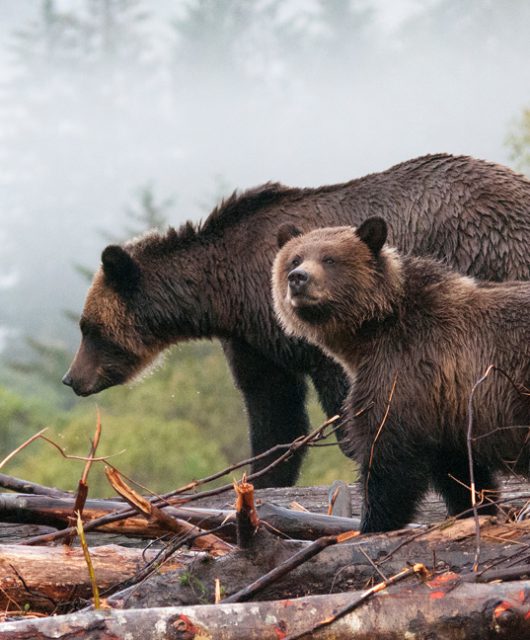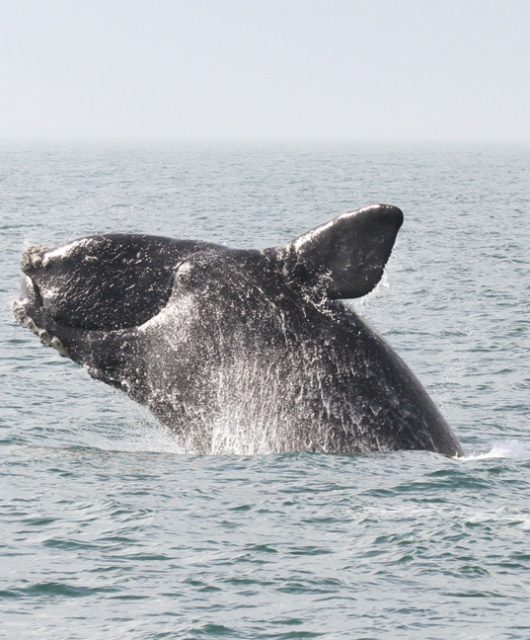For me, there are certain iconic sounds that herald the arrival of spring and which I look forward to every year.
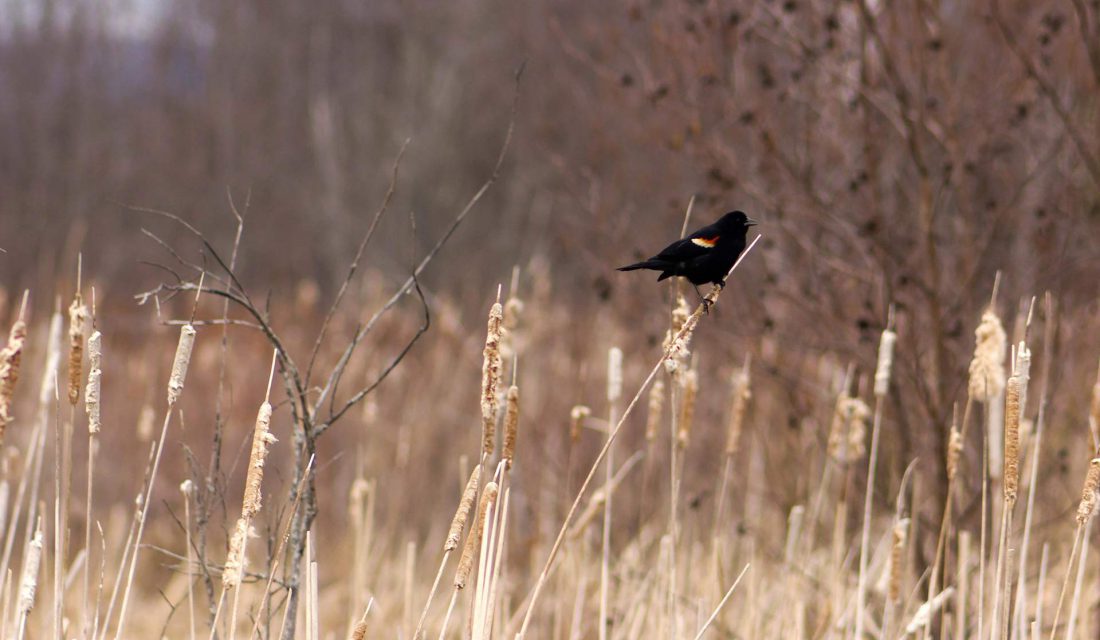
The first male American Robins and Red-wing blackbirds usually arrive in late winter rather than early spring. Their songs are always a joy to hear. Each year I admire anew their hardiness in arriving before the last snowfall. The first skein of Canada Geese honking its arrow across the sky lifts my spirit and I look forward to watching the female lay on her nest on a little island on my pond while the male patrols nearby.
The arrival of the male American Woodcock to my pasture is also a special event. I take great delight in trying to move closer to where he is peenting — a nasally, piping sound made by the bird — while he is in the air doing his sky dance at dusk. He almost always detects me and flies further down the pasture before landing and peenting. And so the game continues until darkness settles in.
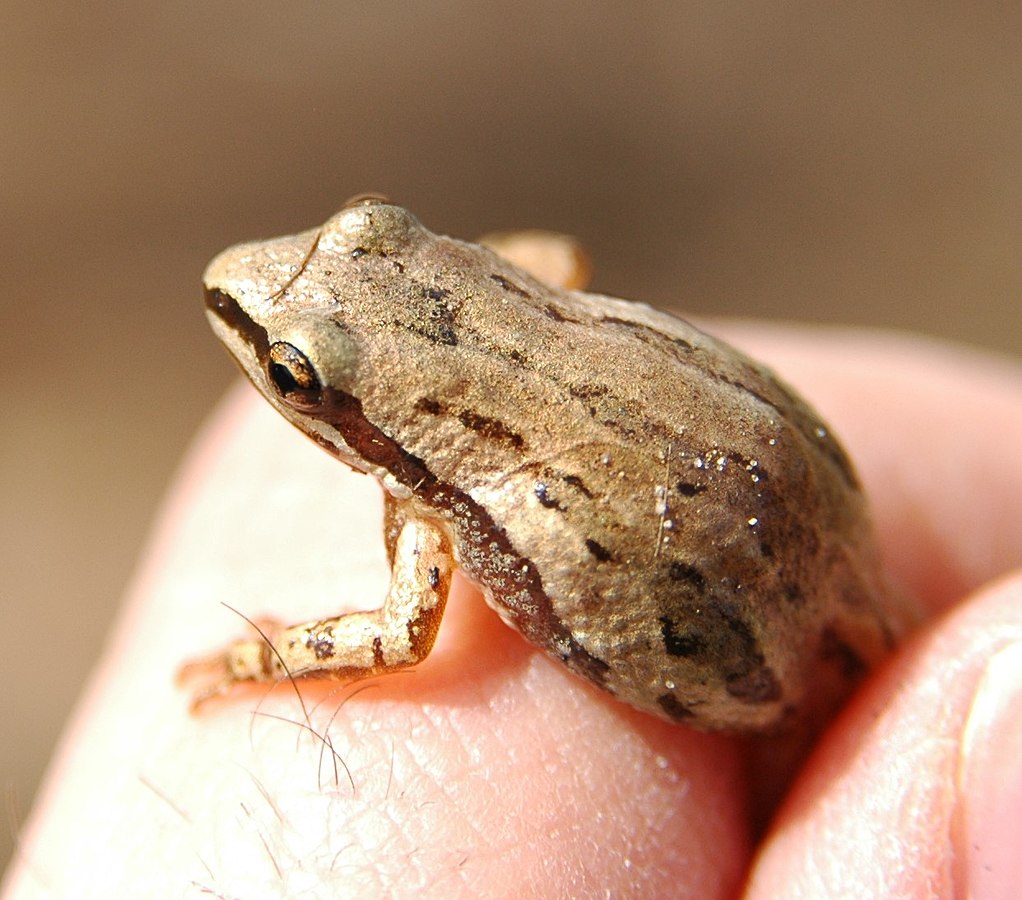
The first peep of the Spring Peeper is a sound that ushers the end of the maple syrup season. As soon as the peepers start singing, the maple sap stops flowing. Shortly on the heels of the first peeper is another very special sound: the “cree-eak … cree-eak” of a Western Chorus Frog.
Some describe it as the sound made by running your thumb along the teeth of a comb. The Western Chorus frog is tiny. It could easily sit on the last metatarsal of your thumb. Tiny body; big sound.
Surveying for the Singers
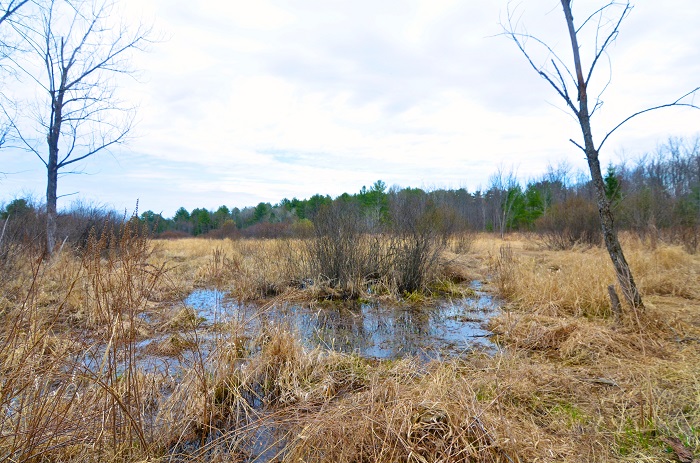
Each spring, a team of three Canadian Wildlife Federation staff (Dave Seburn, James Pagé and myself) survey Western Chorus Frog ponds around the national capital region, in Quebec and Ontario. This entails driving along country roads to each pond, stopping and listening for the creak of the frogs.
This species prefers ephemeral ponds – those that typically dry up by summer. A ditch, a low-lying spot in the corner of a hay field or pasture, or a wooded pond will do – as long as it doesn’t harbor predators such as fish, which eat the frog eggs.
An Uncommon Sound
Given that the Western Chorus frogs are not fussy about the aesthetics of their breeding sites, you would think they would be a common species. Sadly, they are not. This species is listed as threatened in the Great Lakes-St. Lawrence region of Ontario and Quebec.
Habitat loss – through urban development and agricultural intensification – is the primary threat. This species is very compatible with extensive agriculture – i.e., beef, lamb or dairy that involves the production of pasture or hay. However, it is not compatible with annual row cropping, which typically ploughs or otherwise alters these ephemeral ponds before the tadpoles develop into adult frogs.
Backyard Serenaders
This year, to my great delight, the frogs came to me!
Adjacent to our farmhouse in the Pontiac region of Quebec is a small ornamental pond. A few weeks ago, isolated at home while working at my computer, I heard a distinctive creaking sound. I popped my head out the window and heard the unmistakable sound of the Western Chorus Frog, calling from the pond.
Since then, on days warmer than five degrees Celsius — including as I write this! — the frog has sung.
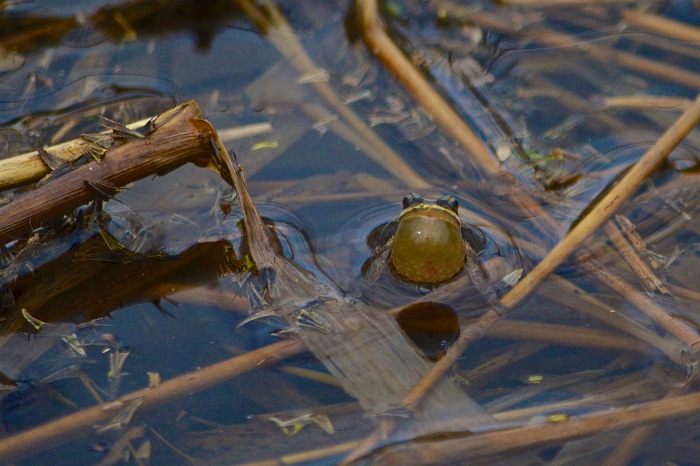
On warm evenings, binoculars in hand, I edge slowly and carefully to the side of the pond and scan it for a glimpse of the frog. I watch intently to see the movement of the vocal sac. Even with the frog singing so loudly that it hurts my ears, I cannot for the life of me see it. This is what we call a cryptic species.
In addition to the one in the ornamental pond, there are two other Western Chorus Frogs singing on our farm. I feel privileged to be able to provide a bed and breakfast for this threatened species.
The sweet orchestra of spring is a joyful thing.

